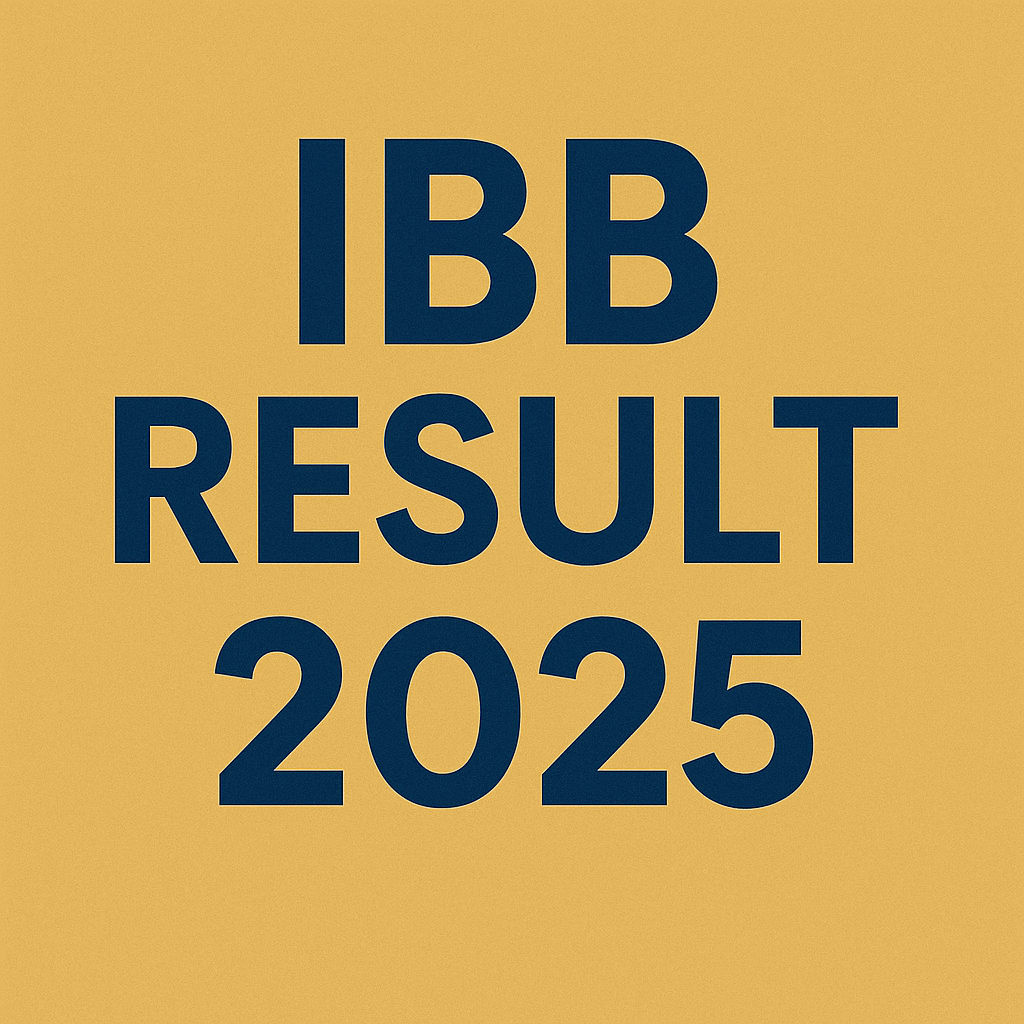Loan/Credit Facility Application Process: A Step-by-Step Guide
Applying for a loan or credit facility at a bank is an essential financial step. Whether for personal, business, or home loans, understanding the application process can make it much easier to secure funding. Below is a detailed guide that explains the process from eligibility to final approval.
Step 1: Check Your Eligibility
Before applying for a loan or credit facility, it’s important to understand the basic eligibility criteria. Common factors include:
- Age (typically 21-60 years old)
- Good credit history
- Stable income or employment status
- Property or asset ownership (for secured loans)
Step 2: Select the Right Loan or Credit Facility
Depending on your needs, choose the type of loan or credit facility that best suits you. Common types include:
- Personal Loans – Unsecured loans for personal use
- Home Loans – Loans for purchasing or renovating property
- Business Loans – Funding for businesses and startups
- Credit Cards – Short-term revolving credit lines
Step 3: Gather the Required Documents
Each bank will require specific documents, but common documents needed for a loan application include:
- Proof of identity (e.g., passport, national ID)
- Proof of address (e.g., utility bill, lease agreement)
- Income proof (e.g., salary slips, bank statements)
- Tax returns (for self-employed individuals)
- Collateral documents (if applying for a secured loan)
Step 4: Submit the Application
Once you have your documents ready, you can submit the loan application. This can often be done online, in-person at a branch, or via the bank’s mobile app. Fill out the application form accurately and submit the required documents.
Step 5: Loan Processing & Verification
After submission, the bank will review your application. This process typically includes:
- Verifying your credit score and financial history
- Confirming the information provided (employment, income, etc.)
- Appraising any collateral (for secured loans)
Step 6: Approval & Loan Offer
Once your loan is approved, the bank will present you with an offer detailing the loan amount, interest rates, repayment terms, and any additional fees. Review the offer carefully before accepting.
Step 7: Sign the Agreement
If you agree to the terms, you will need to sign a loan agreement. This legally binding contract outlines the responsibilities of both you and the bank. Make sure you fully understand the terms before signing.
Step 8: Receive the Funds
After signing the agreement, the bank will disburse the loan amount to your account or the designated recipient, depending on the type of loan. This is the final step in the loan application process.
Final Thoughts
Following these steps can help streamline the loan application process and increase your chances of approval. Always ensure that you meet the eligibility criteria, choose the right loan for your needs, and carefully review the loan terms before signing any agreements.




